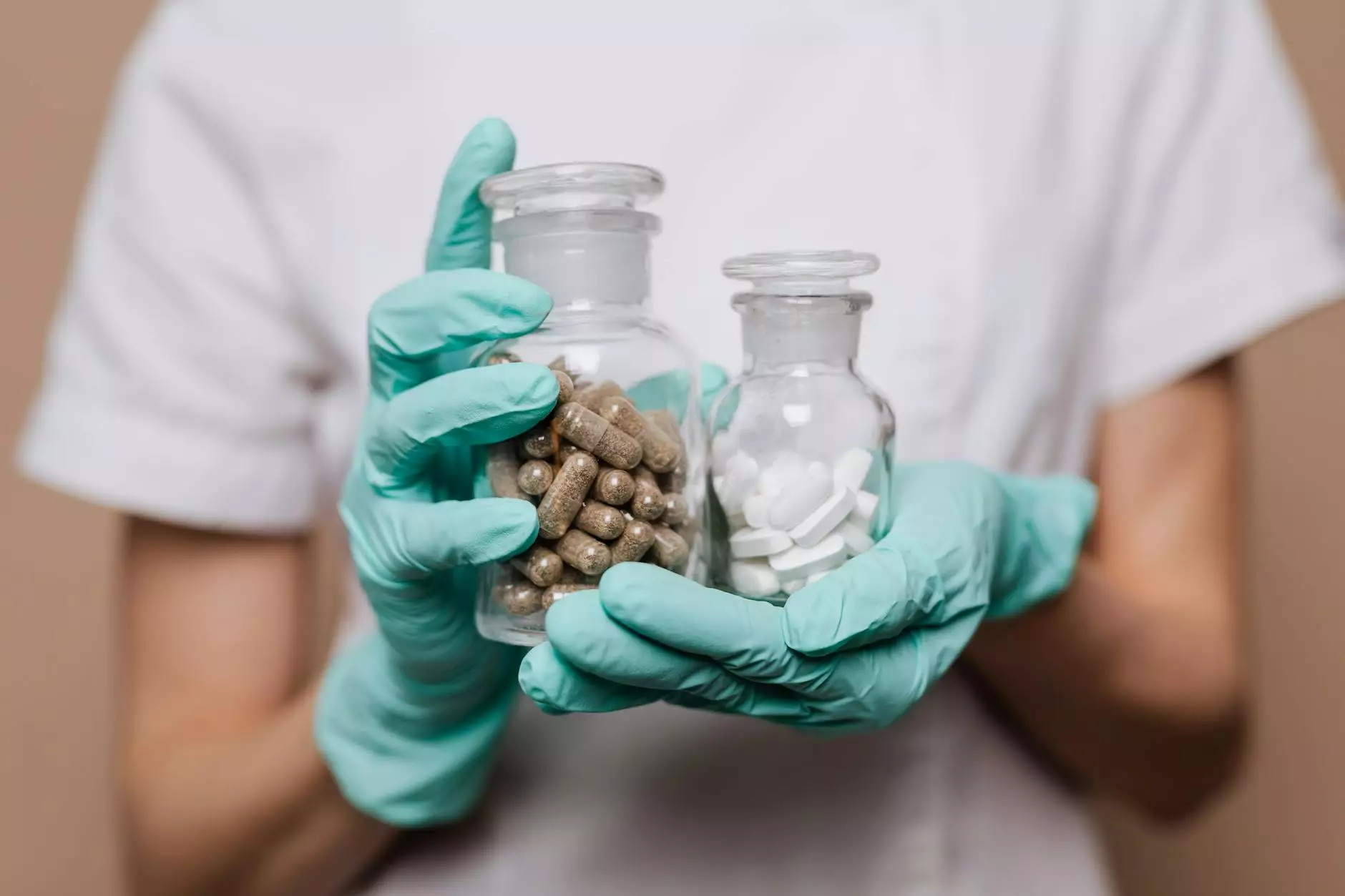Understanding the Signs of DVT

What is DVT?
Deep Vein Thrombosis (DVT) is a serious medical condition characterized by the formation of a blood clot in a deep vein, most commonly in the legs. These clots can lead to severe complications, including pulmonary embolism, which occurs when a clot breaks loose and travels to the lungs. Prompt recognition of the signs of DVT is crucial for effective treatment and prevention of life-threatening complications.
Understanding the Risk Factors
Several groups of individuals may be at greater risk for developing DVT. These include:
- Prolonged immobility: Extended periods of sitting or lying down, such as during long flights or bed rest after surgery.
- Age: People over the age of 60 are at increased risk.
- Medical conditions: Certain illnesses, including heart failure and cancer.
- Pregnancy: Hormonal changes during pregnancy can increase clotting risk.
- Obesity: Excess body weight puts extra pressure on veins.
- Smoking: Tobacco use increases blood clot risk.
- Hormonal therapy: Use of estrogen-containing medications, such as birth control pills or hormone replacement therapy.
- Previous history: A personal or family history of DVT or clotting disorders.
Common Signs of DVT
Recognizing the signs of DVT early can be critical. Here are the most common symptoms to watch for:
1. Swelling
Swelling in one leg (or arm) is often the first noticeable sign of DVT. The affected limb may appear larger than the other one.
2. Pain or Tenderness
Many individuals report pain or tenderness in the affected area, which may start in the calf and feel like cramping or soreness.
3. Changes in Skin Color
The skin over the affected area may become pale or develop a bluish tint.
4. Warmth
Feelings of warmth in the swollen area are another common symptom, indicating inflammation due to the blood clot.
5. Pain Upon Standing or Walking
Some people may experience increased pain when standing up or walking, which can worsen the condition significantly.
When to Seek Medical Attention
If you experience any of the aforementioned signs of DVT, it is crucial to seek medical attention immediately. Early diagnosis and treatment are fundamental in preventing complications. Symptoms that warrant urgent evaluation include:
- Sudden swelling in one leg.
- Severe pain in the leg that seems out of proportion.
- Warmth and redness in the leg area.
- Shortness of breath or chest pain, as these may indicate a pulmonary embolism.
Diagnosis of DVT
Upon visiting a healthcare provider, they may perform several tests to confirm DVT, including:
1. Ultrasound
An ultrasound is the primary diagnostic tool used to evaluate the flow of blood in the veins. It utilizes sound waves to produce images and can show blood clots in the veins.
2. D-dimer Test
The D-dimer test measures the presence of a substance in the blood that is released when a blood clot breaks down. Elevated levels may indicate the presence of a clot.
3. Venography
Venography is an imaging test that involves injecting a contrast dye into the vein to visualize the blood flow and detect clots through X-ray imaging.
Treatment Options for DVT
Once diagnosed, treatment for DVT focuses on preventing the clot from growing and reducing the risk of complications. Common treatment options include:
1. Anticoagulants
Medications such as heparin and warfarin are typically prescribed to thin the blood and prevent further clotting.
2. Compression Stockings
Wearing compression stockings may help reduce swelling and prevent another clot from forming by improving blood flow in the legs.
3. Thrombolytics
In severe cases, clot-dissolving medications called thrombolytics may be administered to break up clots quickly.
4. Surgical Interventions
In some instances, especially with extensive clots, surgical intervention may be necessary to remove the clot (thrombectomy) or to place a filter in the vena cava to prevent clots from reaching the lungs.
Preventing DVT
Preventive measures are crucial, especially for individuals identified at higher risk. Strategies to reduce the likelihood of developing DVT include:
- Staying active: Regular physical activity promotes blood circulation.
- Leg exercises: Simple leg exercises while sitting can help maintain blood flow during long periods of immobility.
- Hydration: Keeping well-hydrated is vital in blood flow maintenance.
- Wearing loose-fitting clothing: Tight clothing can restrict blood circulation.
- Avoiding prolonged immobility: Move around during long travel and take breaks.
Conclusion
Recognizing the signs of DVT and understanding the associated risks and treatment options are crucial skills for everyone. Prompt action in response to symptoms can be lifesaving. If you or someone you know is experiencing symptoms, do not hesitate to seek medical advice promptly. The team at Truffles Vein Specialists is committed to providing comprehensive care and expert guidance in vascular health.









